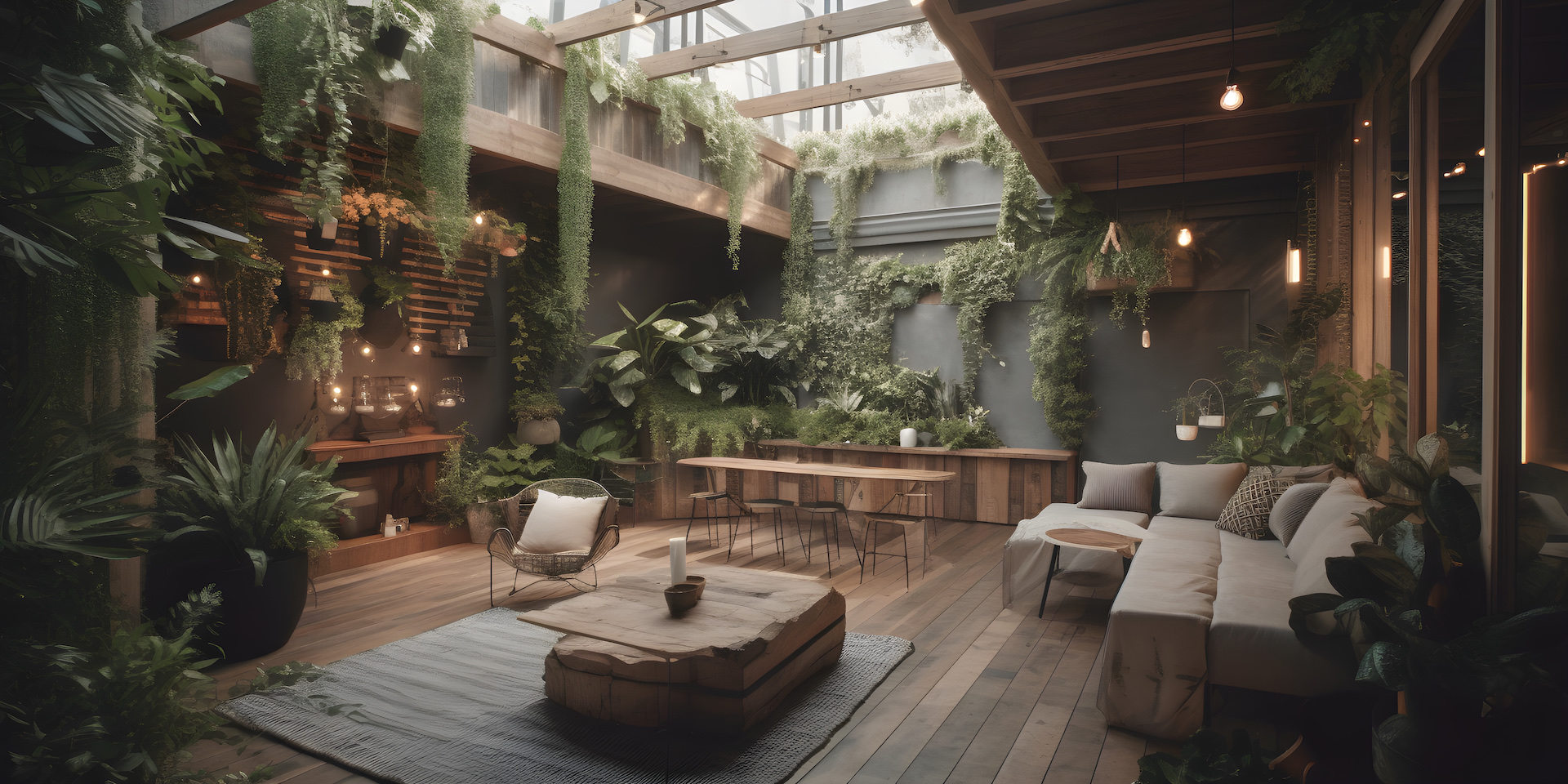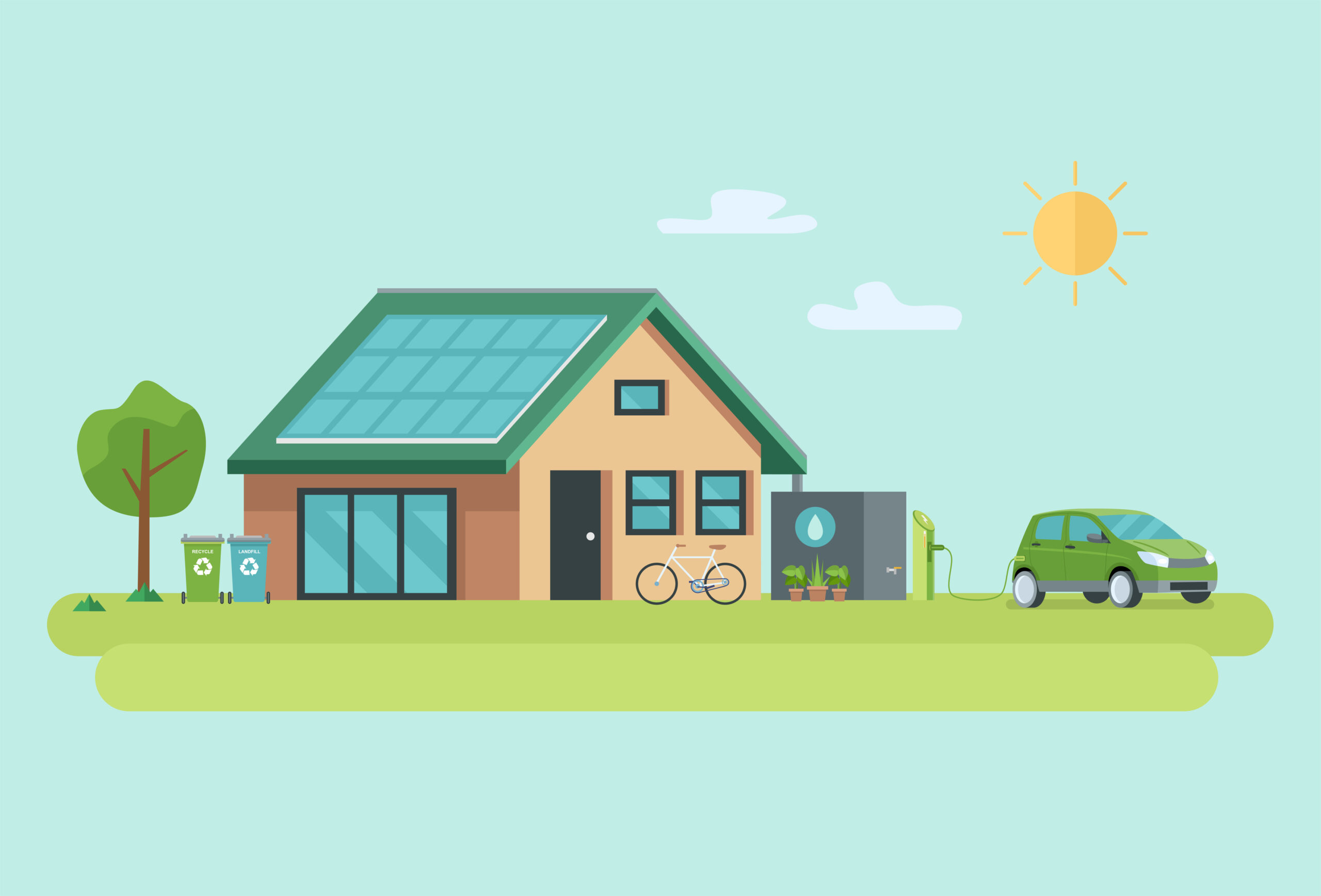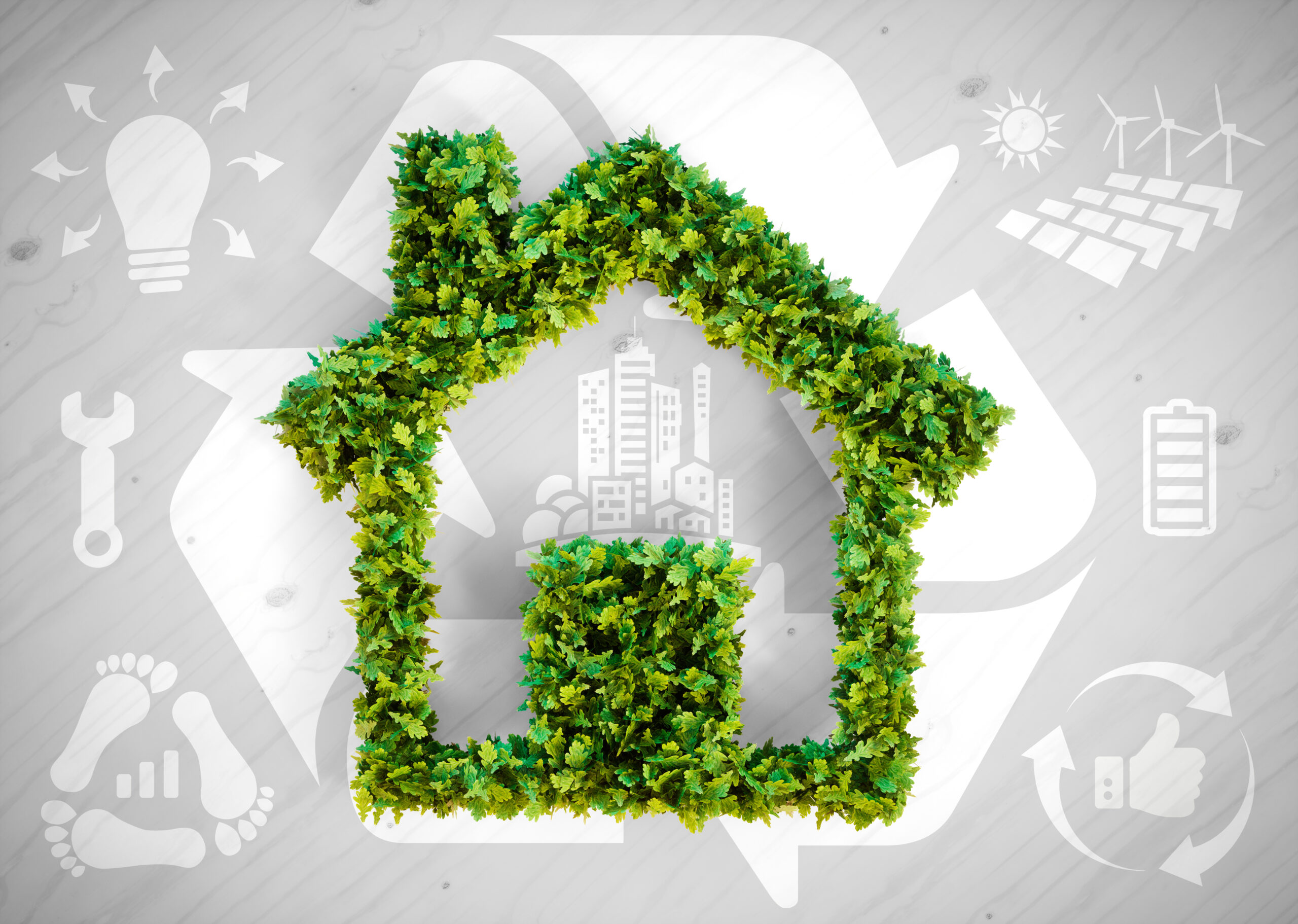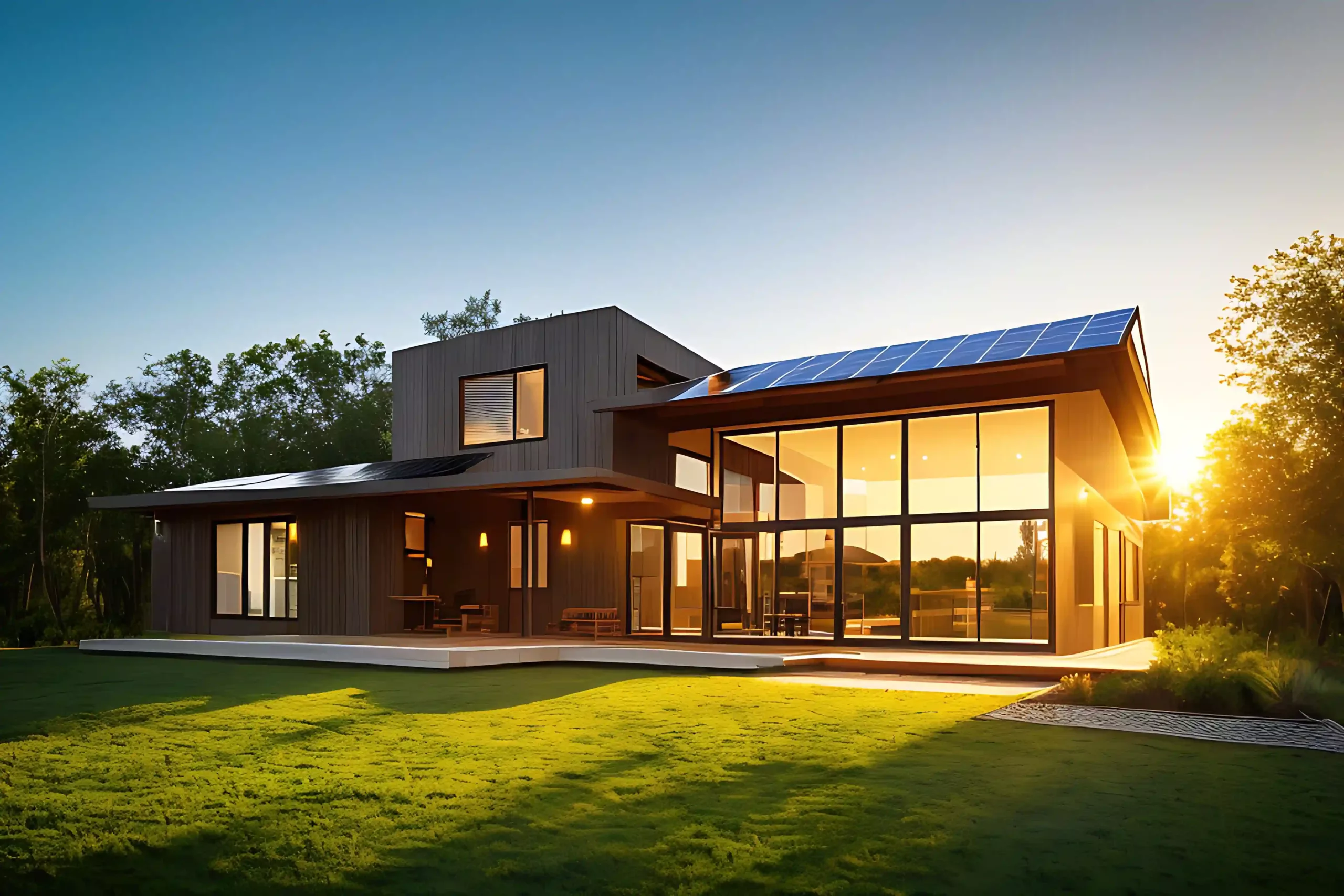Greener Living: Unlocking Sustainable Features for Your Home
Learn more about greener living and unlocking sustainable features for your home! In today’s world, where environmental consciousness is on the rise, many homeowners are seeking ways to reduce their carbon footprint and create a more sustainable living environment. By incorporating sustainable house features, environmental designprinciples, and eco-friendly practices, you can transform your home into an eco-friendly haven that promotes a healthier planet and a better quality of life for you and your family.
Sustainable architecture and green architecture are at the forefront of this movement, emphasizing the use of renewable resources, energy efficiency, and minimizing the negative impact on the environment. These practices not only help to reduce energy consumption but also contribute to the preservation of natural resources for future generations. By working with sustainable home builders and sustainable design companies, you can bring your vision of an eco friendly home to life.
In this blog post, we will delve into the world of greener living, unlocking sustainable features for your home, and providing you with practical tips and insights to make your home more eco-friendly. Whether you are planning a new construction project or looking to renovate your existing space, we will cover a range of topics related to sustainable house features, environmental design, and sustainable architecture. Get ready to embark on a journey towards a more sustainable and environmentally conscious lifestyle!
Eco-Friendly Features To Add To Your Home
- Eco-Friendly Materials: When embarking on remodeling or renovation projects, prioritize the use of eco-friendly and non-toxic materials throughout your home. Opt for recycled or reclaimed materials, which reduce the demand for new resources and contribute to waste reduction. Recycled glass tiles, for instance, can be used in bathroom or kitchen areas, adding a unique and sustainable touch. Reclaimed wood can be repurposed as flooring, furniture, or decorative accents, infusing character and history into your space.
- Efficient Insulation: Proper insulation is vital for maintaining a comfortable indoor environment and reducing energy waste. Insulation helps prevent heat loss during colder months and keeps your home cooler in warmer months by minimizing the transfer of heat through walls, floors, and roofs. By improving your home’s insulation, you can create a more energy-efficient space that requires less heating or cooling. This leads to reduced energy consumption, lower utility bills, and a smaller carbon footprint.
- Energy-Efficient Appliances: Outdated appliances are often energy hogs, consuming excessive amounts of electricity. By replacing them with energy-efficient models that carry the ENERGY STAR label, you can significantly reduce your energy consumption without sacrificing performance. Energy-efficient appliances are designed with advanced technologies that optimize energy usage and reduce wasted energy. They are more environmentally friendly and can lead to substantial cost savings over time, as they operate more efficiently and require less electricity to perform their intended functions.
- Green Roof or Living Wall: Transform your home into a vibrant, eco-friendly oasis by installing a green roof or a living wall. A green roof involves covering the roof surface with a layer of vegetation, which provides numerous benefits. It acts as an additional layer of insulation, reducing heat transfer and improving energy efficiency. Green roofs also absorb and filter rainwater, reducing stormwater runoff and relieving pressure on drainage systems. Furthermore, they create a habitat for birds, insects, and other wildlife, contributing to biodiversity in urban areas.
- LED Lighting: Traditional incandescent bulbs are highly inefficient, converting most of the energy they consume into heat rather than light. LED (Light Emitting Diode) lighting, on the other hand, uses significantly less energy to produce the same amount of light. LED bulbs are highly efficient, last much longer than incandescent bulbs, and are available in a variety of shapes, sizes, and color temperatures. By swapping out incandescent bulbs with energy-efficient LED lights throughout your home, you can reduce your electricity usage, lower your electricity bills, and decrease the frequency of bulb replacements.
- Natural Ventilation: Designing your home to take advantage of natural ventilation helps promote airflow and reduce reliance on mechanical cooling systems. Strategically placed windows, skylights, and vents allow fresh air to circulate throughout your home, removing stale air and improving indoor air quality. Natural ventilation not only helps regulate temperature and humidity levels but also reduces the need for artificial cooling, leading to energy savings.
- Programmable Thermostat: A programmable thermostat allows you to optimize your home’s temperature settings based on your occupancy patterns and time of day. You can program different temperature levels to ensure energy efficiency when you’re away or asleep, and comfortable conditions when you’re at home. By avoiding unnecessary heating or cooling, a programmable thermostat helps reduce energy waste and lowers your heating and cooling costs.
- Rainwater Harvesting System: Harvesting rainwater is an excellent way to reduce your reliance on municipal water sources and conserve water for non-potable uses. A rainwater harvesting system collects rainwater from your roof and stores it in a tank or cistern. This collected water can then be used for activities such as watering plants, flushing toilets, or washing vehicles. By utilizing rainwater for these purposes, you not only save on water bills but also reduce the strain on local water supplies and promote water conservation.
- Smart Home Automation: Integrating smart home automation systems into your house allows you to monitor and control energy usage, lighting, and HVAC systems more efficiently. These systems employ advanced technologies such as sensors, timers, and remote controls to optimize energy consumption and enhance convenience. Smart thermostats, for example, learn your temperature preferences and occupancy patterns, adjusting the heating and cooling settings accordingly. This prevents unnecessary energy usage and reduces heating and cooling costs.
- Solar Panels: Installing solar panels on your roof allows you to harness an abundance of clean and renewable energy from the sun. Solar power systems convert sunlight into electricity, reducing your reliance on traditional energy sources. By generating your electricity, you can lower your carbon footprint and contribute to a cleaner environment. Solar panels not only help you save on electricity bills in the long run but also provide a reliable and sustainable source of power for your home.
- Sustainable Flooring: When selecting flooring materials for your home, opt for sustainable options like bamboo, cork, or reclaimed wood. Bamboo is a rapidly renewable resource that can be harvested within a few years, making it an eco-friendly alternative to traditional hardwood. Cork is derived from the bark of cork oak trees, which can be harvested without harming the tree. It is known for its durability, thermal insulation properties, and natural resistance to mold and pests.
- Water-Efficient Fixtures: Water scarcity is a growing concern in many regions, making it essential to minimize water consumption. Installing water-efficient fixtures such as low-flow showerheads, faucets, and toilets can significantly reduce water usage in your home without compromising functionality or comfort. These fixtures incorporate innovative design features and technologies that limit water flow while maintaining adequate performance. By conserving water through efficient fixtures, you not only contribute to water conservation efforts but also save on your water bills.
Types of Sustainable Houses
There are several types of sustainable houses that incorporate various design principles and technologies to minimize environmental impact. Here are a few examples:
- Earth-Sheltered Homes: Earth-sheltered homes are built partially or entirely below ground, utilizing the natural insulation properties of the earth to regulate temperature and reduce energy consumption. These homes often have a living roof covered with vegetation, which provides additional insulation and stormwater management benefits. Earth-sheltered homes are well-suited for extreme climates, as they offer natural protection against temperature extremes.
- Green Roof Homes: Green roof homes have living vegetation on the roof, which provides insulation, reduces stormwater runoff, and improves air quality. These roofs can be either extensive (with low-maintenance plants) or intensive (with a more diverse range of plants and sometimes even usable space). Green roof homes enhance energy efficiency, provide natural habitats for wildlife, and contribute to urban greening.
- Modular and Prefabricated Homes: Modular and prefabricated homes are built off-site in a factory-controlled environment. These homes are designed to maximize energy efficiency and minimize waste during construction. The use of standardized modules and precise manufacturing techniques ensures high-quality insulation, efficient energy systems, and reduced construction time. Modular homes can also be easily expanded or relocated, offering flexibility and adaptability.
- Passive Solar Homes: Passive solar homes are designed to maximize the use of natural sunlight and heat for heating and cooling purposes. They typically feature large, south-facing windows to capture solar heat during the winter while providing shading elements to block excessive heat during the summer. This design minimizes reliance on artificial heating and cooling systems, resulting in reduced energy consumption.
- Straw Bale Homes: Straw bale homes utilize bales of straw as an insulating material within the walls. Straw has excellent thermal insulation properties, providing high energy efficiency. These homes are often constructed with a timber frame, and the straw bales are tightly stacked and plastered with natural materials like clay or lime. Straw bale homes are sustainable, affordable, and offer excellent insulation and soundproofing qualities.
- Zero-Energy Homes: Zero-energy homes, also known as net-zero homes, are designed to produce as much energy as they consume over the course of a year. They achieve this through a combination of energy-efficient features and renewable energy systems such as solar panels or wind turbines. These homes are highly insulated, utilize energy-efficient appliances, and employ advanced energy monitoring systems to ensure optimal energy usage.
Benefits of a Sustainable House
When crafted by an efficient green home designer, sustainable house offers numerous benefits that go beyond just reducing your environmental impact. Let’s explore some of the key advantages of embracing a sustainable approach to your home:
- Cost Savings: Sustainable homes are designed to be cost-effective in the long run. While the initial investment in sustainable features and materials may be higher, they often result in significant savings over time. Reduced energy consumption means lower utility bills, and the use of durable, low-maintenance materials can minimize repair and replacement costs.
- Energy Efficiency: One of the significant benefits of a sustainable house is improved energy efficiency. Energy-efficient systems and technologies, such as insulation, LED lighting, and smart home automation, help reduce energy waste and lower utility bills. With proper insulation and optimized heating and cooling systems, your home stays comfortable year-round while consuming less energy.
- Environmental Conservation: By incorporating sustainable house features and practices, you actively contribute to the preservation of the environment. These features may include renewable energy systems like solar panels, rainwater harvesting systems, and energy-efficient appliances. By reducing energy consumption and utilizing eco-friendly materials, you help conserve valuable natural resources and minimize pollution.
- Health and Well-being: Sustainable houses prioritize the health and well-being of occupants. They often utilize non-toxic building materials, such as low-VOC (volatile organic compound) paints and finishes, to improve indoor air quality. Additionally, sustainable interior design promotes ample natural light, proper ventilation, and access to nature, creating a healthier and more pleasant living environment.
- Increased Property Value: As sustainability becomes more important to homebuyers, a sustainable house can fetch a higher resale value. The energy-efficient features, environmentally friendly practices, and certifications like LEED (Leadership in Energy and Environmental Design) or Energy Star can enhance the market appeal of your property and attract potential buyers or renters.
- Personal Satisfaction: Living in a sustainable home can bring a sense of personal satisfaction and fulfillment. Knowing that you are actively reducing your carbon footprint and making a positive impact on the planet can enhance your overall well-being and sense of purpose.
- Resilience and Adaptability: Sustainable houses are often designed with a focus on resilience and adaptability to changing environmental conditions. They may incorporate features like efficient water management systems, passive heating and cooling techniques, and natural disaster-resistant construction methods. This makes them more resilient to climate change impacts and helps ensure long-term sustainability.
Embracing a sustainable lifestyle by opting for a sustainable house is a decision that benefits both the planet and its inhabitants. It provides a host of advantages, from environmental conservation and cost savings to improved health and increased property value. By investing in sustainable house features and practices, you contribute to a greener future while enjoying the benefits of a comfortable, efficient, and environmentally conscious home.





